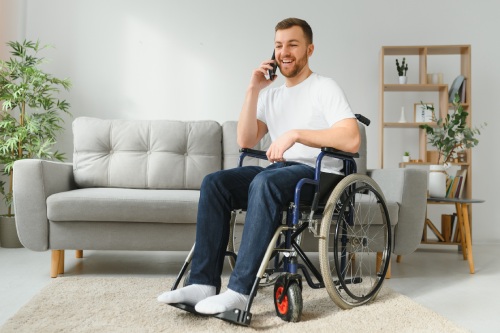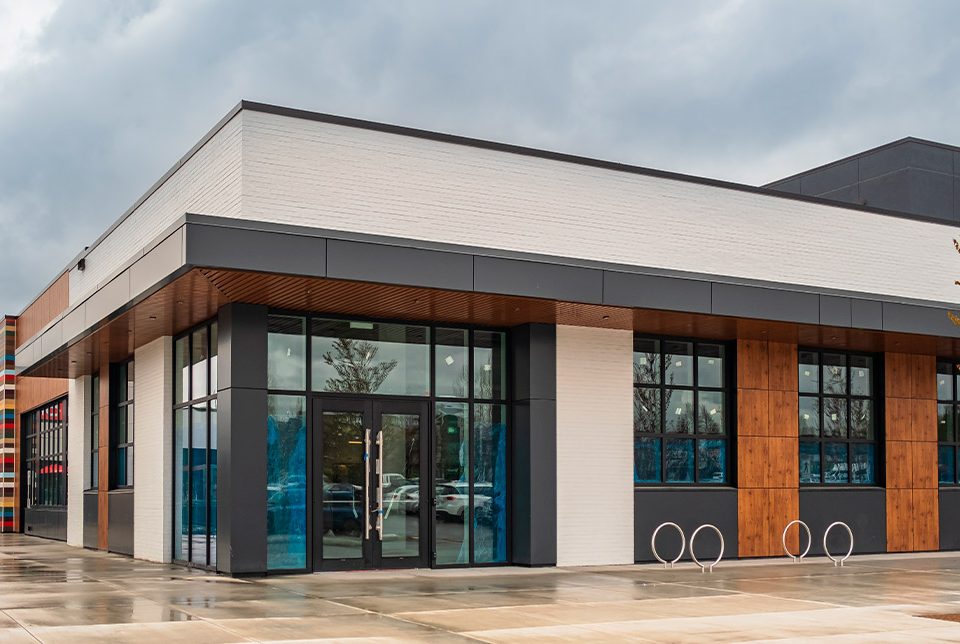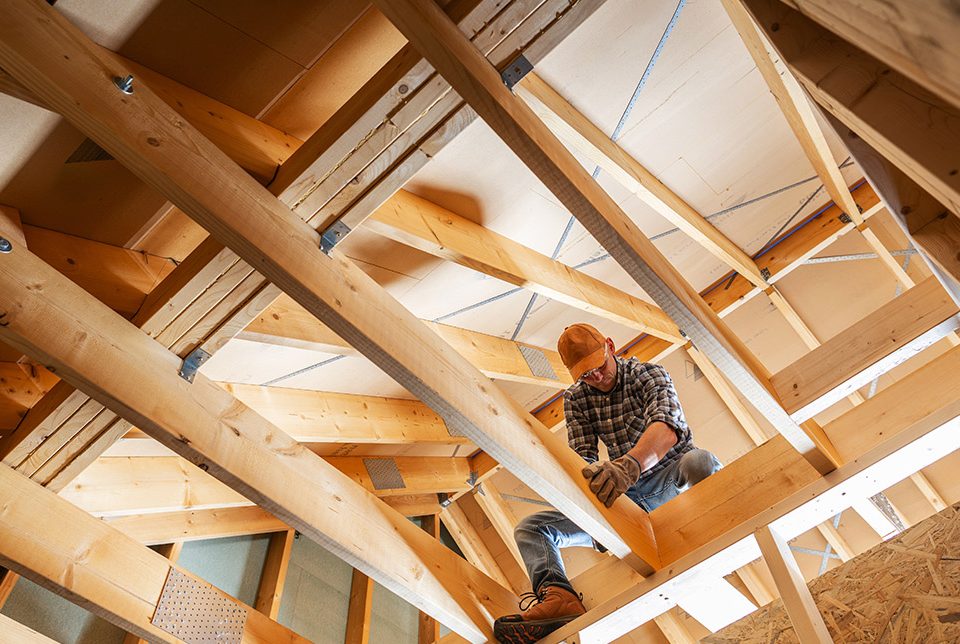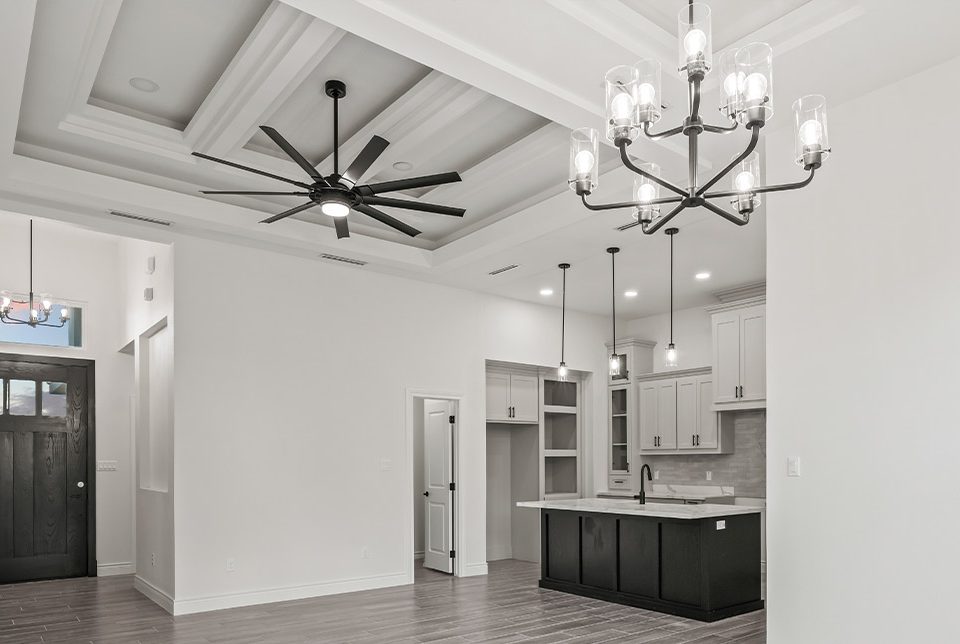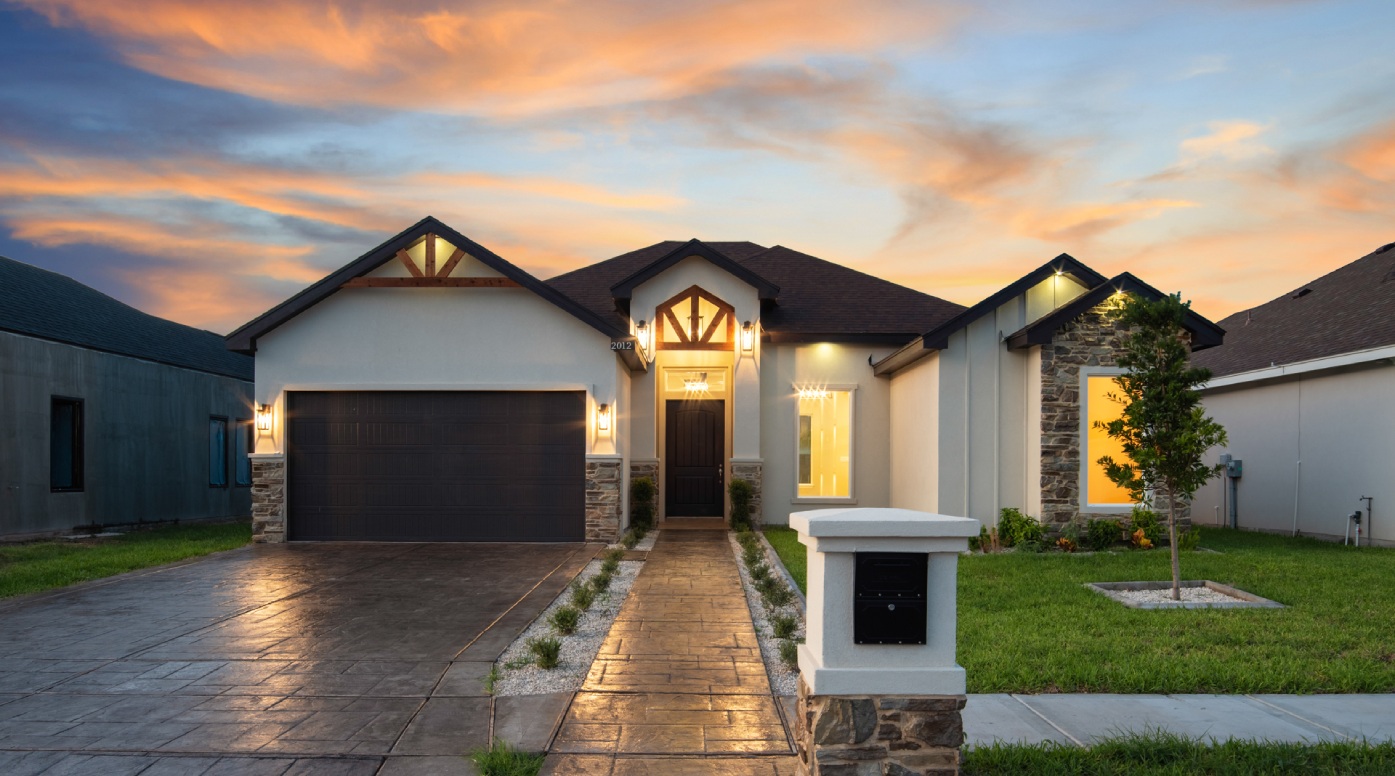
Creating accessible and inclusive homes is more important than ever. As understanding of diverse needs evolves, ensuring that your McAllen home is designed to accommodate everyone—regardless of age, mobility, or disability—can greatly improve the quality of life for its residents.
This movement is powered by the concept of universal design, which aims to create spaces that are functional, aesthetically pleasing, and adaptable for all. Inclusive design enhances home accessibility and ensures comfort, making it a smart choice if you want a future-proof, welcoming environment.

Understanding Universal Design and Home Accessibility
Universal design goes beyond simply catering to people with disabilities; it strives to make living spaces usable for all, regardless of ability. For instance, a well-designed home might include wide hallways that are convenient for wheelchair users, but these same hallways also make moving furniture or navigating strollers easier.
Accessible design, in contrast, tends to focus specifically on meeting the needs of people with disabilities. While universal design incorporates broad adjustments, accessible design may include specific modifications such as grab bars in bathrooms or low countertops for wheelchair users. Both universal and accessible designs, however, aim to foster inclusion and safety for all residents.
Key Features of an Accessible Home
Making your McAllen home accessible doesn’t have to compromise its beauty or comfort. Here are some of the key features that can create an inclusive space:
- Zero-step entrances and ramps
A step-free entryway or ramp is one of the most fundamental features of an accessible home. Not only does it allow wheelchair access, but it also helps families with strollers or people carrying heavy groceries. - Wider doorways and hallways
Ensuring that doorways are wide enough for wheelchairs, walkers, or other mobility aids is important for accessibility. Even for those without mobility concerns, wider spaces create a more open and welcoming environment. - Accessible kitchens and bathrooms
Adjustable fixtures, such as wall-mounted sinks with knee space below or paddle-type faucet handles, make kitchens and bathrooms more user-friendly for all abilities. These elements are particularly beneficial for individuals using wheelchairs. Grab bars, non-slip flooring, and level showers in bathrooms also enhance safety and ease of use. - Lighting and contrasting colors
Thoughtful lighting design can significantly improve safety in an accessible home. Well-lit spaces, particularly in high-use areas like kitchens and bathrooms, reduce the risk of falls. For individuals with visual impairments, contrasting colors help differentiate between walls, light switches, and outlets. Features like medium-blue painted walls contrasting with light switches and outlets significantly improve usability. - Open floor plans
Open floor designs reduce obstacles, creating a fluid, navigable space that benefits both wheelchair users and families who need ample room for daily activities. Clear sightlines and well-placed furniture can also enhance movement throughout the home.
Safety and Ease of Use: A Priority in Accessible Design
Safety is a central concern when making homes inclusive. Inaccessible designs can lead to accidents or daily struggles for individuals with mobility challenges. Fortunately, several design elements can ensure that safety is not compromised in new homes in McAllen:
- Non-slip flooring
High-traffic areas like kitchens and bathrooms are prone to accidents, but non-slip flooring significantly reduces the risk of falls. This feature benefits everyone, from children to elderly residents. - Grab bars and railings
Installing grab bars in bathrooms and stair railings on both sides of a staircase helps individuals maintain balance and stability. These features are not just for the elderly or disabled—they provide security for all residents. - Lever handles and touchless fixtures
Door knobs and traditional faucet handles can be difficult to operate for individuals with limited hand mobility. Replacing them with lever handles and touchless fixtures simplifies use and enhances independence for residents of all ages.
Balancing Aesthetics with Functionality
Many people worry that accessible design will result in a clinical or sterile appearance. However, the inclusive home design seamlessly blends practicality with style.
For example, you can choose furniture that is both beautiful and functional, such as a stylish turquoise ottoman that assists with mobility or a sleek, mid-century modern desk designed for wheelchair access. These dual-purpose pieces elevate the design of your home without sacrificing accessibility.
You can also follow the example of accessible home projects like the Claywood House, designed for a wheelchair user, which proves that inclusive design can be as modern and attractive as it is functional.
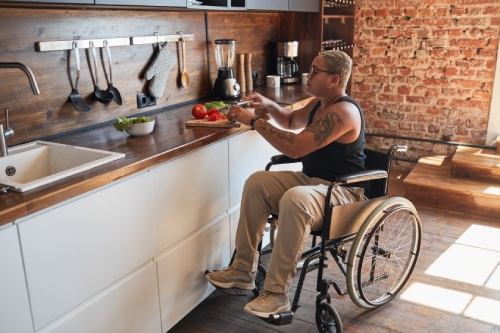
Cost-Effective Solutions and Government Assistance
When focusing on home accessibility, understanding the financial and regulatory landscape can make a big difference. One important benefit is the potential for tax deductions on home modifications made for medical reasons—such as ramps, wider doorways, or hallways. These deductions can help reduce costs, making it easier to invest in accessibility improvements.
Building codes are also shifting toward inclusivity. Many homeowners may feel that making a home accessible is expensive, but there are affordable solutions available. Some cost-effective modifications include:
- Installing lever handles instead of traditional doorknobs
- Eliminating unnecessary steps or barriers
- Incorporating wet rooms in bathrooms that make spaces easily accessible
In addition to affordable solutions, government programs offer financial assistance for those who need accessibility improvements. For instance, grants and subsidies can help cover the cost of installing ramps, modifying bathrooms, or making other necessary adjustments. These programs ensure that inclusivity in home design is within reach for a broad range of homeowners.
Planning for the Future: Accessible and Inclusive Homes
Incorporating universal design features into your McAllen home isn’t just about meeting current needs—it’s about planning for the future. As residents age or as needs evolve, homes with adaptable features remain functional without requiring costly modifications.
For example, installing wider doorways or setting up kitchen cabinets on casters now can save you money in the long run. Features like solid wood blocking in walls to support future grab bars in bathrooms also provide flexibility for future modifications.
Recent advancements in home design have made inclusivity more seamless than ever, thanks to smart technology. From voice-activated systems to automated lighting and remote-controlled appliances, these innovations are transforming how people with disabilities interact with their homes, making everyday tasks easier and fostering a sense of independence.
At the same time, eco-friendly and biophilic design principles are gaining popularity, not only for their sustainability benefits but for the way they enhance well-being. Bringing in natural elements like sunlight, greenery, and water features creates inviting, therapeutic spaces that feel more connected to nature and more comfortable to live in.
New materials are also shaping the future of accessible homes. Non-slip flooring, adjustable countertops, and modular furniture are now becoming common features. These designs don’t just add safety and flexibility, they ensure that homes can adapt to the changing needs of their occupants. As inclusive design continues to evolve, these trends are setting a new standard for homes that are as functional as they are welcoming.
Build a More Inclusive McAllen With Us!
Inclusive home design is more than just a trend—it’s a necessity for a more welcoming and equitable society. By adopting universal design principles and incorporating accessible features into your McAllen home, you ensure that it remains functional, beautiful, and adaptable for years to come.
Whether you’re renovating your current space or building your own home in RGV, making your home accessible is a valuable investment in comfort, independence, and inclusivity. With thoughtful design choices, you can create a living environment where all residents feel empowered, safe, and welcome.
Start your journey toward an inclusive home today with custom home builders in RGV. Whether you’re building from the ground up or making small modifications, Guzman Construction prioritizes accessibility and ensures that your McAllen home is a place where everyone—no matter their ability—can thrive. Contact us today to learn more.



